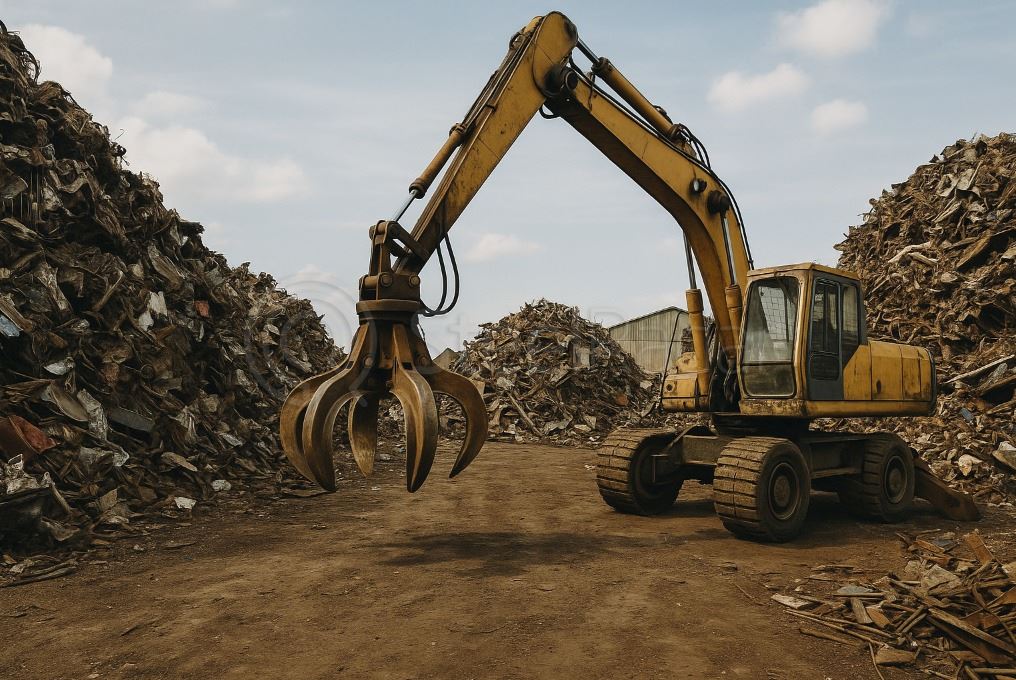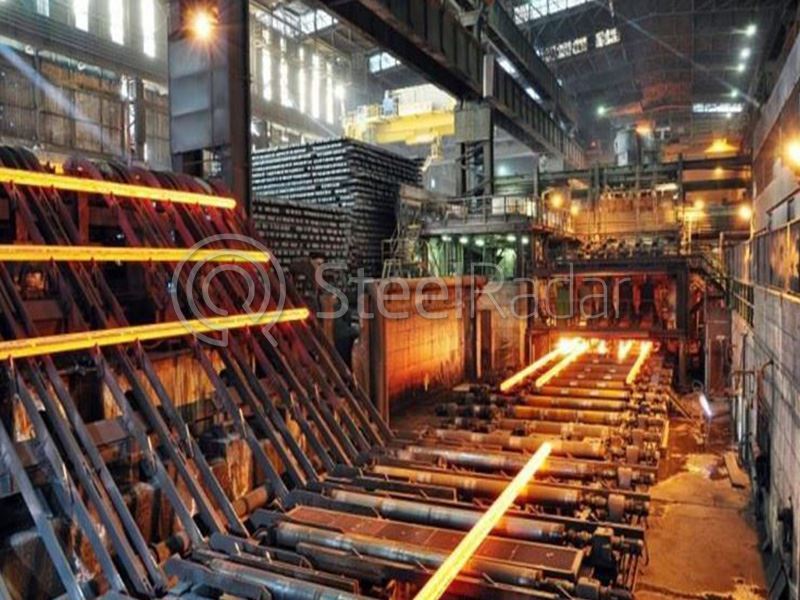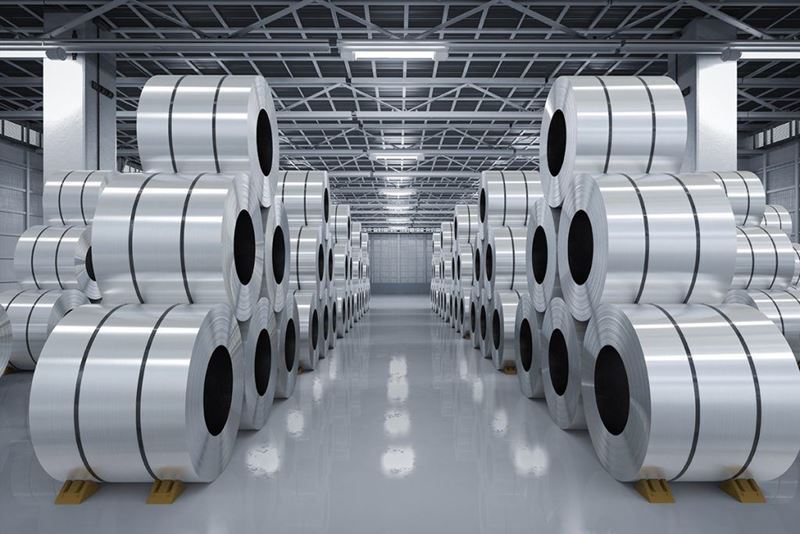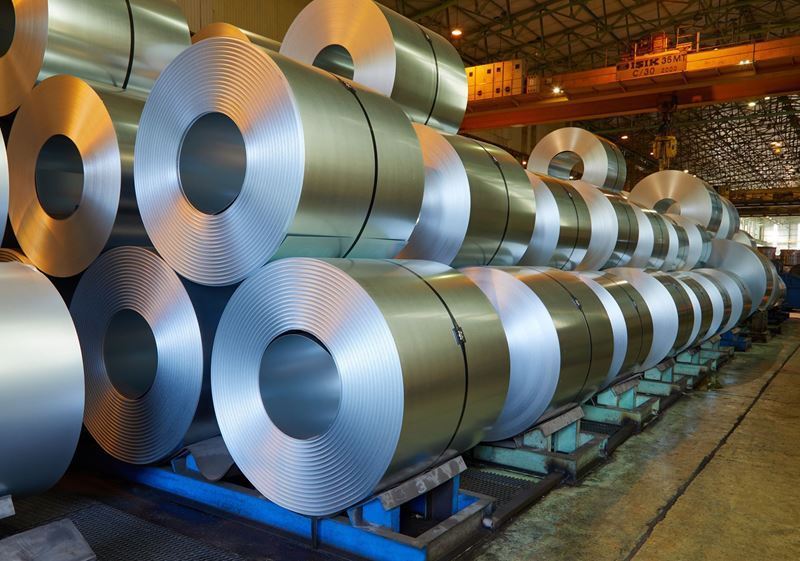While activity continues in global scrap markets, discussions about a possible decline in U.S. ferrous scrap exports are creating a buzz in the sector. However, according to experts, although this scenario is theoretically possible, it does not seem very realistic in practice.
For major scrap sellers in the U.S., exports play a vital role in balancing the volatile domestic steel market. Therefore, maintaining trade relations with foreign buyers has almost become a necessity for U.S. suppliers. On the other hand, the recent increase in the use of DRI (direct reduced iron) and HBI (hot briquetted iron) in the U.S. is also considered an important signal of transformation on the production side.
If the U.S. increases its domestic capacity, an increase in export potential is expected. However, this situation may affect the competitiveness of U.S.-origin steel products in traditional markets such as Türkiye. Experts point out that especially with producers developing new pricing strategies, Türkiye may experience a decline in steel exports to the U.S.
Meanwhile, Russia has supplied significant amounts of scrap to Türkiye in the last 6 to 9 months, reshaping competition in the market. This indicates not only Russia but also other alternative suppliers may become active in the process.
Industry sources state that many steel mills worldwide are currently in “survival mode.” This means companies are now shifting from product-based to cost-focused raw material preferences. Whether ore, scrap, or billet, choices are now made based on the lowest unit cost. In this context, it is not surprising that billets from Asia or the Far East occasionally become more advantageous.
Despite all these developments, the scrap market continues its internal competition. Upcoming tariff implementations or removals may also play a decisive role in prices and trade volumes.









Comments
No comment yet.